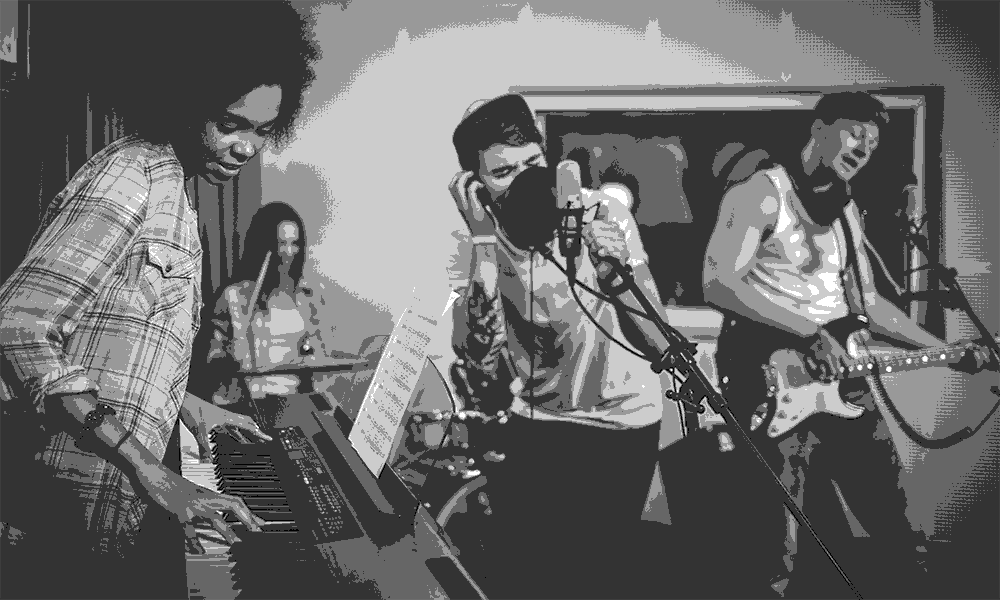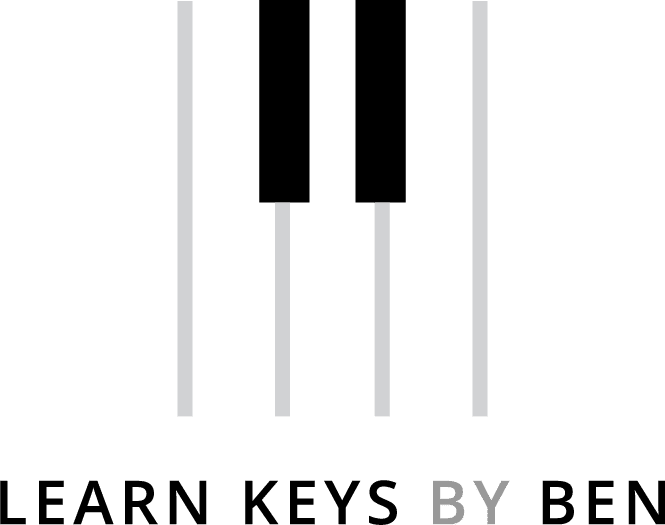
The Difference Between Learning Keyboard and Piano
If you’ve ever been interested in learning keyboard or piano, your interest may have been sparked by seeing a performance. If you’re inspired by one of the many rock bands out there using keyboards to lift their songs, you’ve likely wanted to learn to play the keyboard. If you’ve been learning since you were young, or find interest in classical music, there’s no doubt that you’ve started your journey with a piano. But with so many interests in between, what are the differences between learning keyboard and piano?
Keyboard vs Piano
There are many differences between keyboards and pianos, but the main one is that pianos are mechanical and keyboards are electronic.
Pianos have a wonderful sound and feel, but many of them do take up significant space and many homes do not offer the ability to have such a large piece of furniture in them. The Spinet is the smallest acoustic piano, and can be found for a very reasonable price, but there are some disadvantages as well. The strings are organized in pairs, and are closer together than the other types of acoustic pianos, and are often difficult to keep in tune. Also the sound quality isn’t quite up to the standards of the other types of acoustic pianos.
Upright Pianos
The most common type of acoustic piano is the Upright, which is a bit larger and more expensive than the Spinet, but there are some advantages as well. The strings are organized differently than the Spinet, with the lower strings having only one per note, the middle strings having two per note, and the upper strings having three per note. This gives the Upright piano a more balanced sound overall, as the lower strings tend to be louder than the higher ones. They do take a bit more room than the Spinet, but the quality of sound that you gain is noticeable. They are generally used for instruction and practicing, and not as much for performance, since they are not the top of the line in pianos. Because they are perfect for practice, Upright Pianos are amazing for starting out learning piano as an adult!
Grand Pianos
The Grand Piano is at the head of the class for acoustic pianos. The smallest ones are called Baby Grands, but they are still a good size, generally around five to five and a half feet. These are generally found in the home, and not used for performances. The reason for this is that the strings are shorter than in larger Grand pianos, and thus the tuning isn’t quite as accurate as on the larger Grands. The ones that are between six and seven feet are called Grand pianos, and they are sometimes found in larger homes, and can also be used for performing as well. These are the most common sizes of the Grand piano. The largest ones are called Concert Grand Pianos, and they are nine feet long. They are the best sounding for several reasons, the main one being that the length of the strings allows for the most accurate tuning. Also the large soundboard, which generates the sound, will be the fullest and richest sounding of them all. You will see these most often in really nice recording studios, on large concert stages, and even in the homes of the rich and famous. If you do have enough room, the acoustic piano can be a very nice piece of furniture as well.
Do both Pianos and Keyboards need to be tuned?
The last thing to mention about acoustic pianos is that they will need to be tuned regularly, normally once every six months, or they will drift out of tune enough to make playing them less than enjoyable. It often costs around one hundred and fifty dollars to get them tuned by a professional, and that’s the way to go because of the complex nature of tuning a piano. This is where we will transition into talking about the Electronic Keyboard, because one of the biggest differences between the acoustic and electric is that electronic keyboards for the most part will stay in tune.
Some of the early or vintage types of electronic keyboards did have mechanisms that would go out of tune from time to time, such as the very popular Fender Rhodes, used by many artists in the jazz and rock music fields. The Wurlitzer could also go out of tune, although not as often, and was the sound that you heard from many rock bands such as Supertramp, and featured in their very famous song “The Logical Song”. Also the Yamaha Electric Grand was a great sounding early keyboard used by bands such as Genesis and UK. Early synthesizers would also go out of tune frequently, but that’s a subject for a different day.
Keyboards come in all shapes and sizes and can even be portable, so being able to find a place to play and store your instrument can be much easier with a keyboard. Many of them are made to look like an upright or grand piano, but the inside is electronic. These are generally the most expensive electronic keyboards, but the look and quality of sound is very nice, so many will want to go in this direction if they can afford it and have a little extra space for it.
Weighted Action Keyboards
They do have differences in the way they play, but many keyboards are made to play and feel just like a real piano, and the sound quality of keyboards has come a long way in the last few years. There are three main types of what is called “action”, which is the feel that the keys have when you play them. The one that is the most like an acoustic piano is the weighted action. This has a fair amount of resistance when the keys are pressed, and is usually found in the larger and heavier keyboards. This type generally will have eighty-eight keys as well, which is a full size keyboard.
Semi-Weighted Keyboards
The next type of action is called “semi-weighted”, and this has some resistance when the keys are played, but not as much as the “weighted” keys. This feel is well represented in the vintage keyboards that I mentioned earlier, as well as in many of the more modern types, such as the ones made by Casio, Yamaha, and Roland. This is probably the most common feel for an electronic keyboard, as it has what might be considered the “best of both worlds”. This would be the smaller size than the largest keyboards, while maintaining a full eighty-eight keys and a great variety and quality of sounds. Many of these also contain the ability to have different drum beats playing in many different musical styles and tempos while you play along, and this is a great way to practice playing with a steady beat in different styles, helping you to become a better and more well rounded player. The ability to play with steady time is essential to playing in a professional setting, or even just casually with other musicians.
Non-Weighted Keyboards
The third type of action is the “non-weighted” keyboard, where there is little to no resistance for the fingers when playing the keys. These keyboards are often smaller in size and have fewer keys, typically either seventy six or sixty one keys, although the very popular Fender Rhodes that I mentioned earlier did have a model with seventy three keys. On a personal side note, that was actually the first keyboard that I owned, great memories behind those keys! The biggest benefits to having a “non-weighted” keyboard, besides the smaller size, is that it’s easier to play for longer periods of time without your hands and arms getting tired, and it is easier to play organ and string type of sounds where the heavier action can work against you. This makes a non-weighted keyboard perfect for learning keyboard as an adult. An example of this is where you do a lot of slides up and down the keys with an organ sound, the “non-weighted” keys allow a much more comfortable result.
In the end it is a choice of personal taste, space and ability. Whichever you choose will give you years of enjoyment and creative expression.
Start Learning to Play Today
If you're not ready and need some more info on what is needed to get started. Download our Beginner's Handbook

